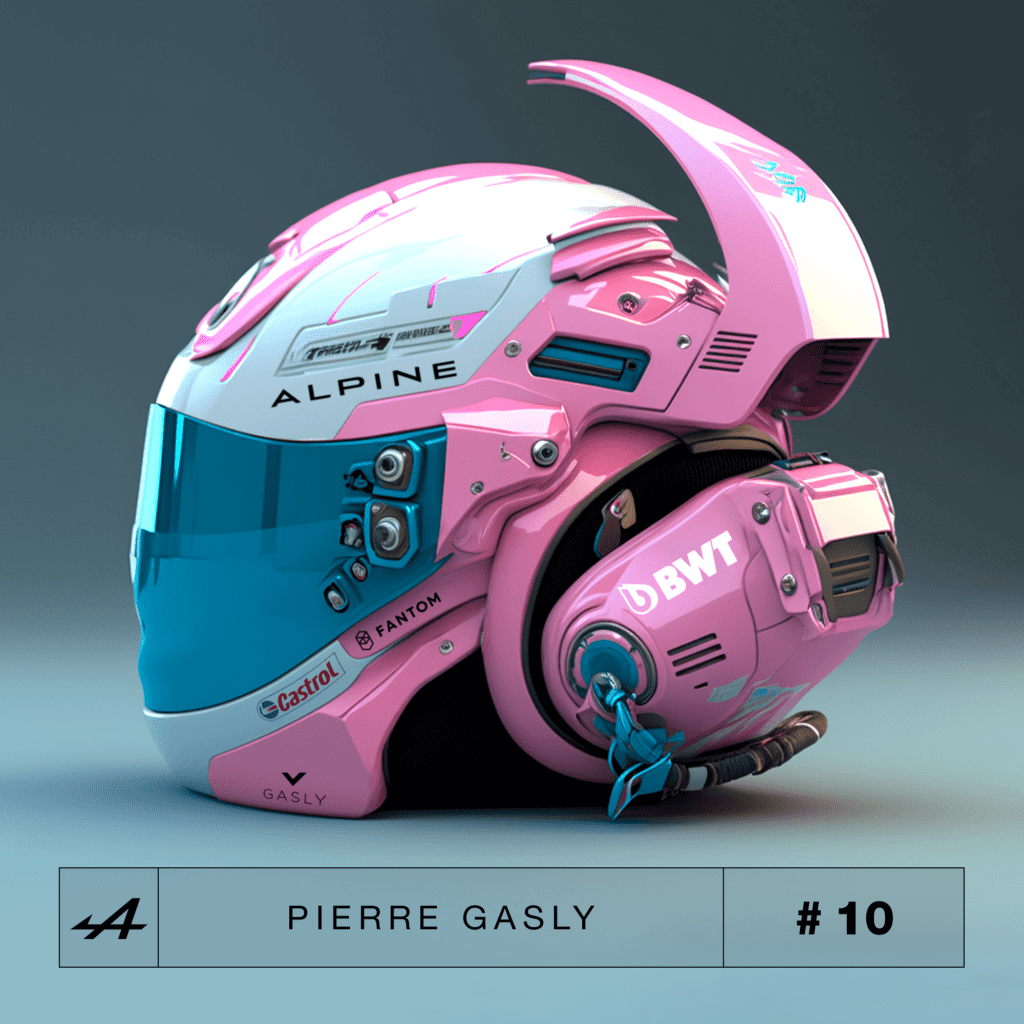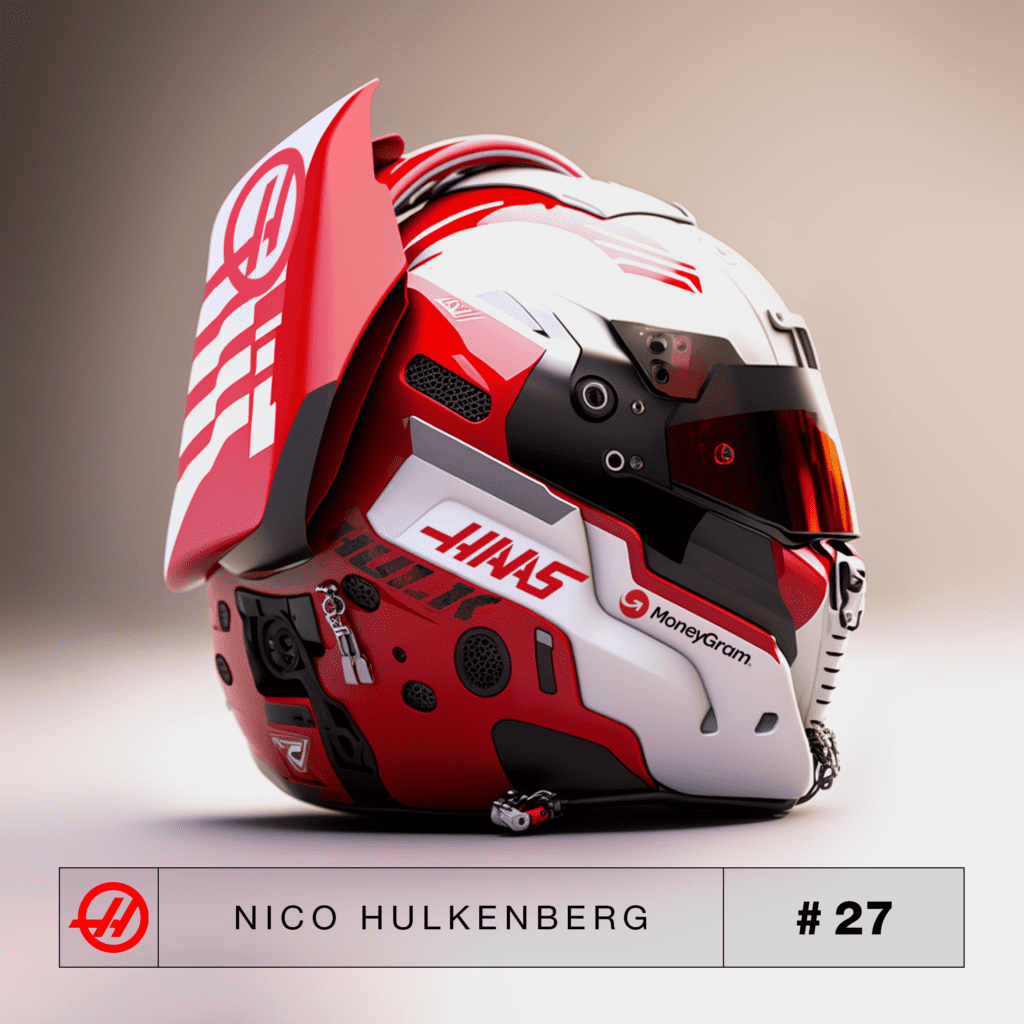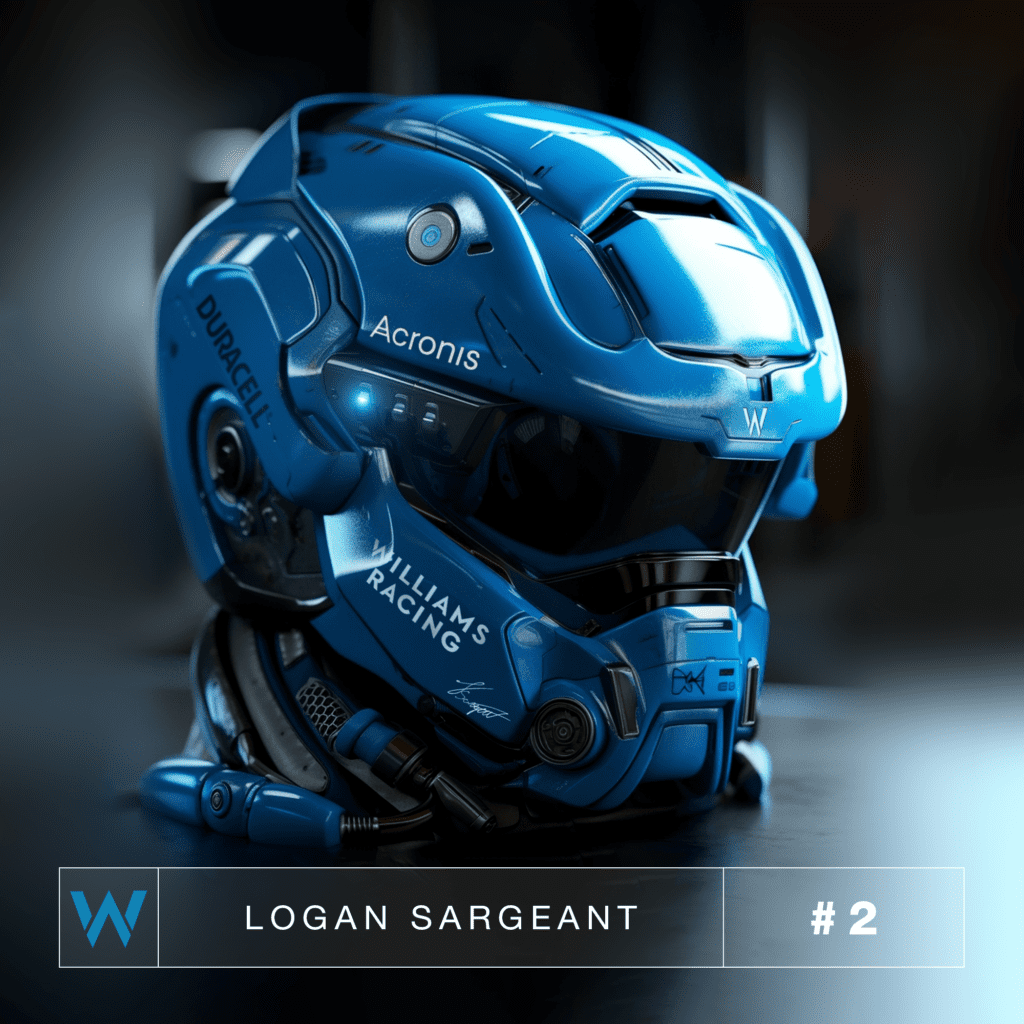OpenSea 2.0: Navigating NFT Evolution
"Exploring OpenSea's journey through market challenges and embracing NFT evolution. Join me as we delve into the transformative OpenSea 2.0 and its impact on the digital landscape."
| Innovation |
January 16, 2024
Fast Facts:
- OpenSea responds to a NFT market downturn, targeting a broader application of NFTs.
- CEO Devin Finzer emphasizes the importance of compelling use cases over sheer sales volume.
- OpenSea 2.0 aims to enhance user experience with tailored displays, addressing community concerns.
- Challenges faced include market share decline, insider trading scandals, and critiques of royalty policies.
- OpenSea optimistic about Ethereum and layer-2 networks despite competitors surpassing in trading volume.
In the ever-evolving landscape of NFTs, OpenSea, a pivotal player in the field, is charting a course of transformation with the launch of OpenSea 2.0. Faced with challenges and a shifting industry, OpenSea is not just adapting but innovating to redefine the role of NFTs in the digital realm.
OpenSea’s Strategic Shift
In response to a global NFT market dip, OpenSea’s CEO, Devin Finzer, underscores the need for the industry to view NFTs beyond mere collectibles. Rather than solely pursuing high sales volume, OpenSea is focusing on crafting compelling use cases. This shift aligns with Finzer’s vision of a more diverse and dynamic NFT ecosystem, moving beyond traditional image-based collections. Despite challenges, including a decline in market share and critiques of its policies, OpenSea remains optimistic about Ethereum and layer-2 networks as robust platforms for NFTs.
Enhancing User Experience with OpenSea 2.0
The OpenSea 2.0 platform marks a significant leap forward, aiming to revolutionize user experience. By providing tailored displays for various NFT types, such as ticket-related NFTs presented in a calendar format, OpenSea intends to make its marketplace interface more versatile. Beyond aesthetics, OpenSea 2.0 addresses community concerns, implementing security measures to combat issues like counterfeit NFT collections and malicious URLs. The commitment to innovation and improved user interface positions OpenSea to navigate through the current challenges and redefine the NFT space.
OpenSea's journey reflects a commitment to shaping the future of NFTs. With OpenSea 2.0, we're not just adapting to challenges; we're crafting a narrative that goes beyond collectibles, creating a dynamic digital ecosystem.
A New Era for NFTs
OpenSea’s proactive approach with OpenSea 2.0 signifies a commitment to maintaining its status as a leading NFT marketplace. This move not only promises a revitalization of interest in NFTs but also hints at a potential redefinition of their role in the digital future. By tailoring its marketplace to suit specific NFT use cases, OpenSea is steering towards a new era where NFTs become integral to a variety of digital experiences, transcending their initial perception as mere collectible images.
Read full source(s):





















